So, you think you know your favourite places in Asia? Maybe so. But when it comes to historical trivia that people barely talk about, we all need a crash course. Asia is the most diverse continent in the world with countries that are melting pots of both East and West. Let’s go through the historical facts that we barely know about some Asian countries. These are bound to surprise you!
1. Singapore made history, launching the world’s first FORMULA 1 night race event
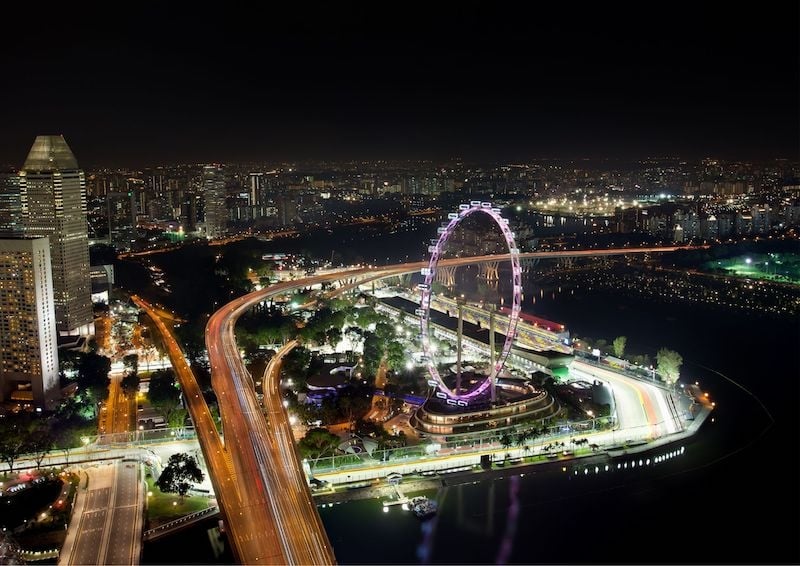
Image credit: fototrav via Canva Pro
Race car fans, aka F1 fans, already know this but most people don’t. In 2008, Singapore made history as it opened the Formula 1 Singapore Grand Prix, which was the world’s first-ever F1 night race event. This annual racing event is held in the Marina Bay Street Circuit, where the tracks are magnificently lit, illuminating not just the road, but also Singapore’s night views. Grand Prix draws crowds with several concerts to mark the occasion, as well as entertainment activities that cater to F1 fans of all ages.
Also read: The Ultimate 6-Day Singapore-Malaysia Itinerary For First-Timers
2. Malaysia once had two time zones
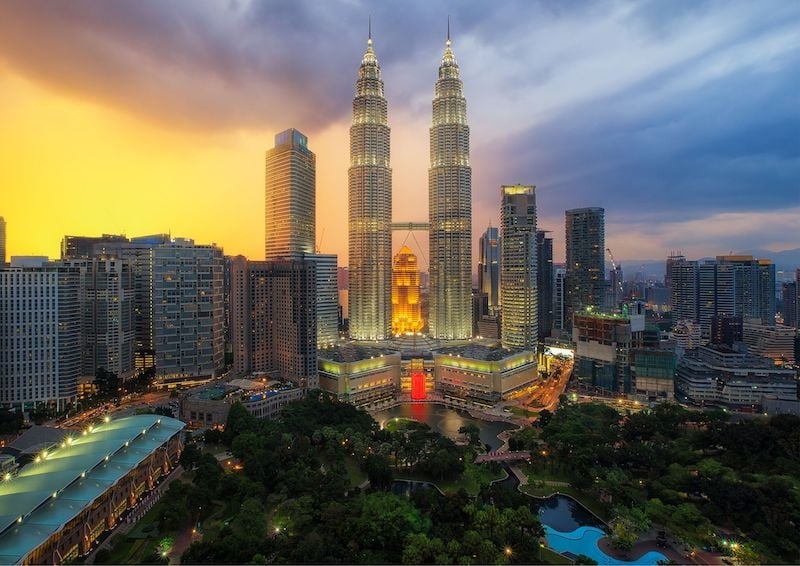
Image credit: Anek S via Canva Pro
This historical fact about Malaysia still blows our minds. Malaysians changed their time zones six times before they settled with a Malaysian standard time (MYT). The most peculiar experience Malaysia had with its time zone was when it was split in two because Sabah and Sarawak were 30 minutes ahead of every other area in the country.
This small time difference proved to negatively affect working hours and coordination between West and East Malaysia. Therefore, when Prime Minister Mahathir Mohamad came into office in 1981, he submitted a motion to merge the time zones. Hence, West Malaysia’s time zone was pushed 30 minutes ahead to match East Malaysia. Problem solved.
3. Most of Hong Kong’s old buildings have round corners and its been that way since the 1950s
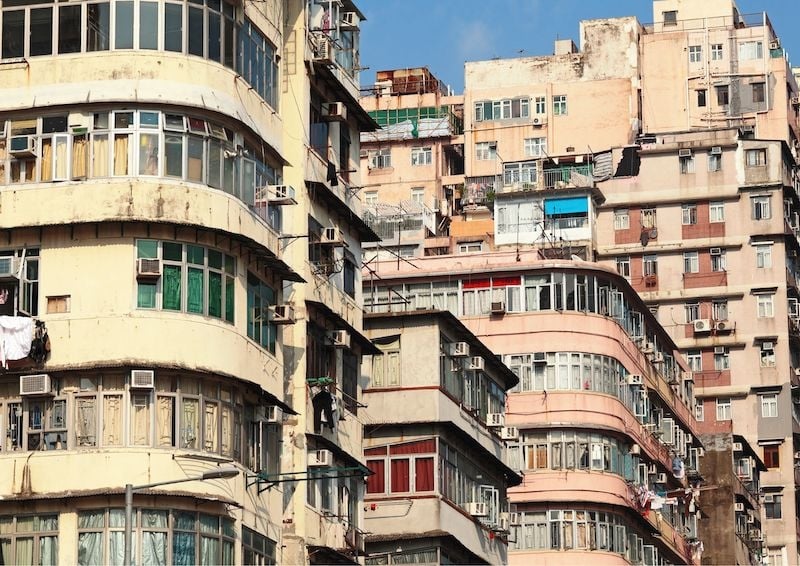
Image credit: Leung Cho Pan via Canva Pro
Of course, this discussion of historical facts about Asian countries wouldn’t be complete without some fun trivia on old buildings. In Hong Kong, for instance, you might notice that their old establishments dating back to the 1950s have rounded corners. The rationale is simple: Back then, architects and developers were concerned about enabling pedestrians to see directions and spaces more easily. Our question is: How come this brilliant idea is hardly applied in modern cities?!
4. The Philippines sheltered Jews and Russians in times of war
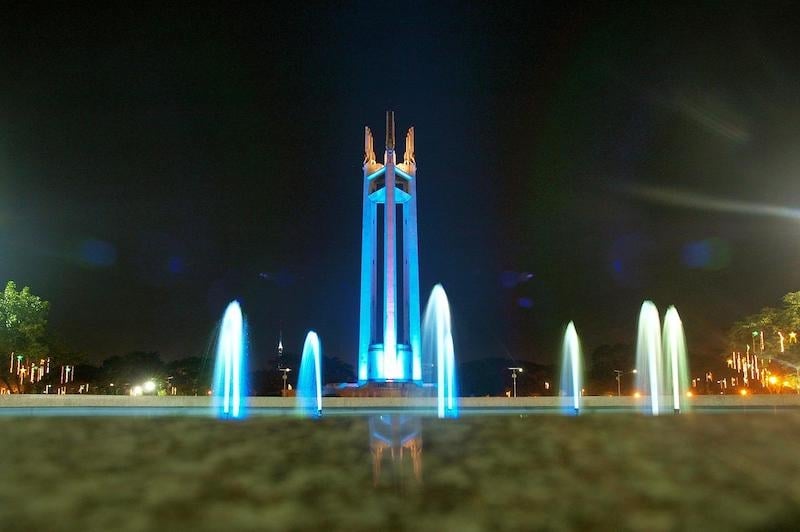
Image credit: ed_davad
Filipinos are known for their generosity, and throughout their country’s history, this applied to foreigners in need of help. In the 1930s, then-President Manuel Quezon implemented the “Open Door” policy which turned Manila into a temporary safe haven for Jewish refugees fleeing from Nazi Germany. Thanks to Quezon’s efforts, 1,300 Jews escaped the clutches of the Holocaust — arguably more than how many Oskar Schindler saved.
In 1949, Philippine President Elpidio Quirino prepared the island of Tubahao in Eastern Samar for Russian emigrants from northern China, who feared the threat of communism and labor camps. An estimate of 5,000 to 6,000 White Russians settled in Tubahao for 27 months.
5. Indonesia holds the Guinness World Record for having the largest packet of instant noodles
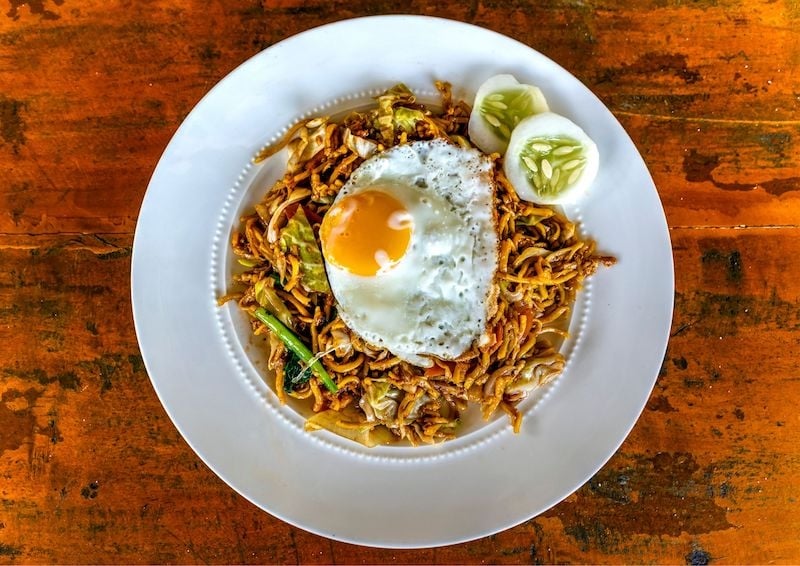
Image credit: stefanopolitimarkovina via Canva Pro
Next on this list of Asian historical facts is something that doesn’t come off as a surprise anymore: instant noodles. Asians love instant noodles, and Indonesia allegedly has one of the tastiest instant noodles across the continent.
In fact, in 2005, the food manufacturer called PT Indofood Sukses Makmur Tbk broke the Guinness record for making the largest packet of instant noodles. Talk about love of noodles, right? This record-breaking packet measured 3.4 metres x 0.47 metres with a net weight of 664,938 kilograms, making it 8,000 times larger than the regular packet of Mi Goreng Indomie instant noodles. We’re salivating just thinking about it!
6. Taiwan pioneered bubble tea in the 1980s
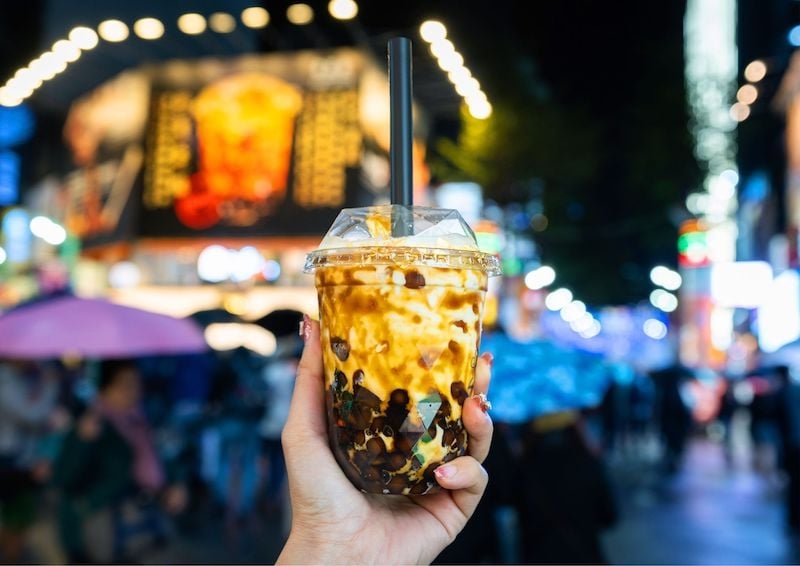
Image credit: tawatchaiprakobkit via Canva Pro
In case you still didn’t know, we have Taiwan to thank for bubble tea. This magical concoction emerged in Taiwan in the 1980s, slowly spread all over Asia, and has successfully infiltrated western nations. Bubble tea is also called boba tea or pearl tea, with variations like milk tea and fruit tea served with coconut jelly. What’s your favourite flavour?
7. Thailand is the only SEA country that has no historical western influence
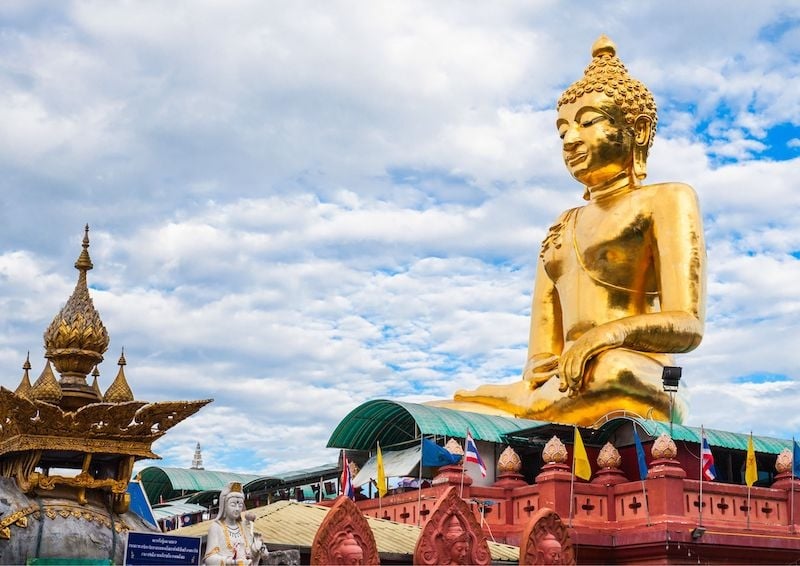
Image credit: Andrey Khrobostov via Canva Pro
Did you know that in the Thai language, Thailand is also called Prathet Thai, which means “Land of the Free”? It’s only fitting because Thailand is the only Southeast Asian country that was not colonised by a European nation. Considering all of its neighbours went through colonial rule, Thailand stands out in the region as being untouched by western powers.
8. China was the first country ever to use paper money
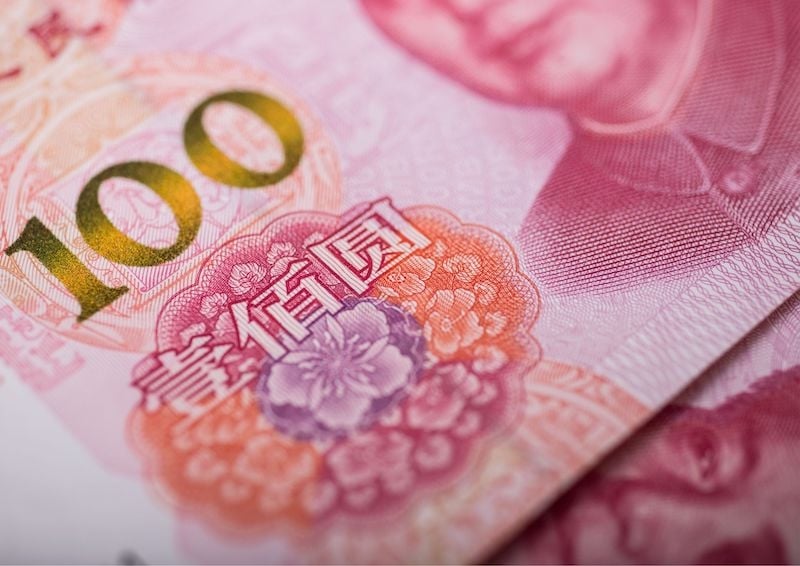
Image credit: zssp via Canva Pro
China invented paper money in the 7th century and was the first recorded country in the world to use it for transactions. Chinese merchants thought of it because coins were becoming too heavy to carry around while the economy flourished. Copper shortages also led to the necessity of paper currencies.
9. Myanmar is home to the world’s densest concentration of Buddhist temples
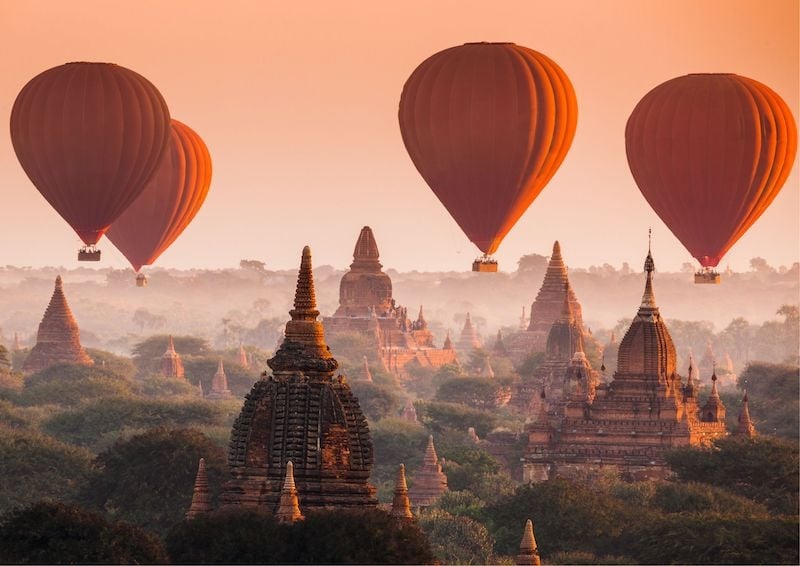
Image credit: lkunl via Canva Pro
A list of historical facts about Asian countries wouldn’t be complete without taking Buddhism into account as most of the world’s Buddhists reside in Asia. And something that Myanmar continually boasts of is Bagan, which hosts the world’s largest and densest concentration of Buddhist temples, ruins, stupas, and pagodas.
A kingdom with a rich history dating back to the second century AD, Bagan once had over 10,000 Buddhist temples and monasteries. To this day, many of the temples and monasteries are active sites of devotion. The breathtaking view of these sacred spaces rivals that of the Egyptian pyramids, and the best way to bear witness to its majesty is from above on a hot air balloon.
10. Vietnam became the world’s largest exporter of cashew nuts in the mid-1990s
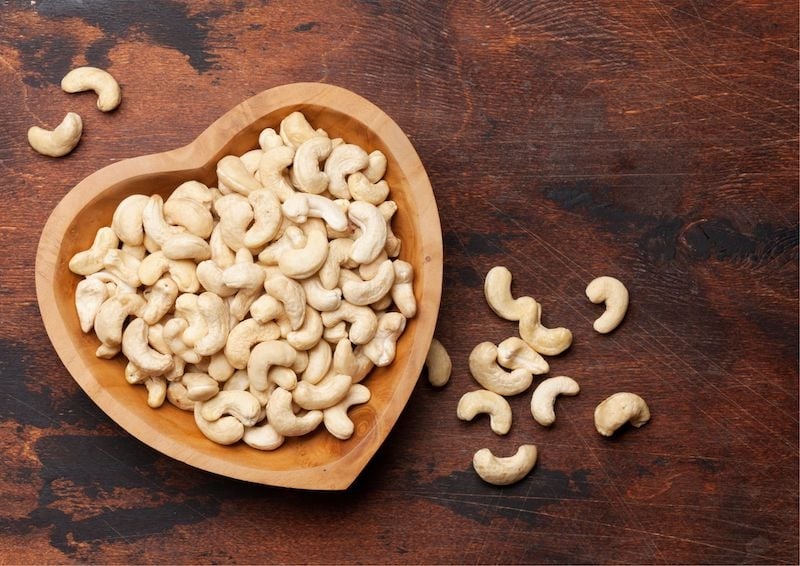
Image credit: karandaev via Canva Pro
In case you’re one of those people who always find themselves munching on cashew nuts for snacks or on road trips, you ought to try the cashew from Vietnam. Brought to Vietnam in the 19th century, cashew plants were originally grown to provide shade.
However, in 1990, the national government realised the potential of cashew nut production and decided to invest in the industry. By the mid-1990s, Vietnam became the world’s largest exporter of cashew nuts, providing about 55% of the global supply.
11. Japan was off-limits to the rest of the world for 217 years and vice-versa
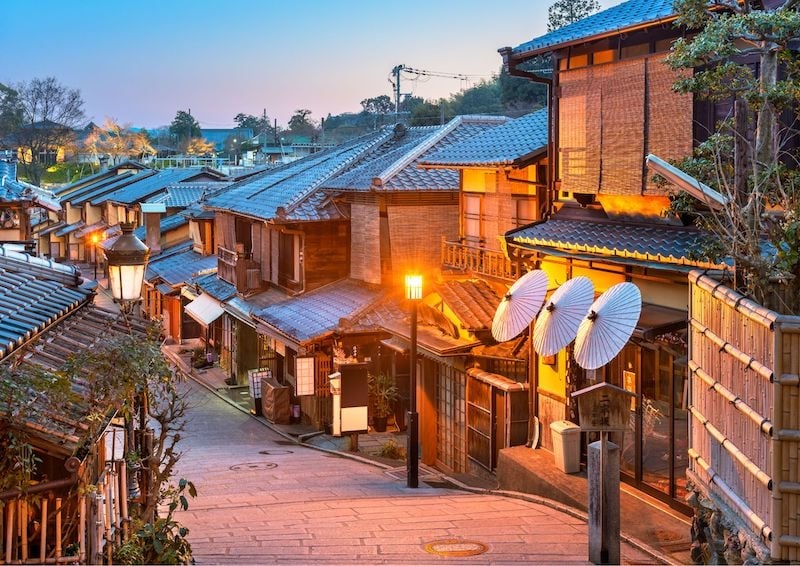
Image credit: Sean Pavone via Canva Pro
From 1635 to 1852, Japan made little contact with the rest of the world due to the Sakoku Edict law. This restricted trade and banned a lot of things, including foreign travel by the Japanese, visits by foreigners, and Christianity.
The law was passed due to a number of problems the country faced when it encountered foreign powers, such as Japanese slaves being sent to Europe and the smallpox disease. This long period of isolation came with delays in technological advancements for Japan. But in 1852, the American Navy compelled Japan to finally open its markets.
12. Cambodia changed its name four times over the past 60+ years
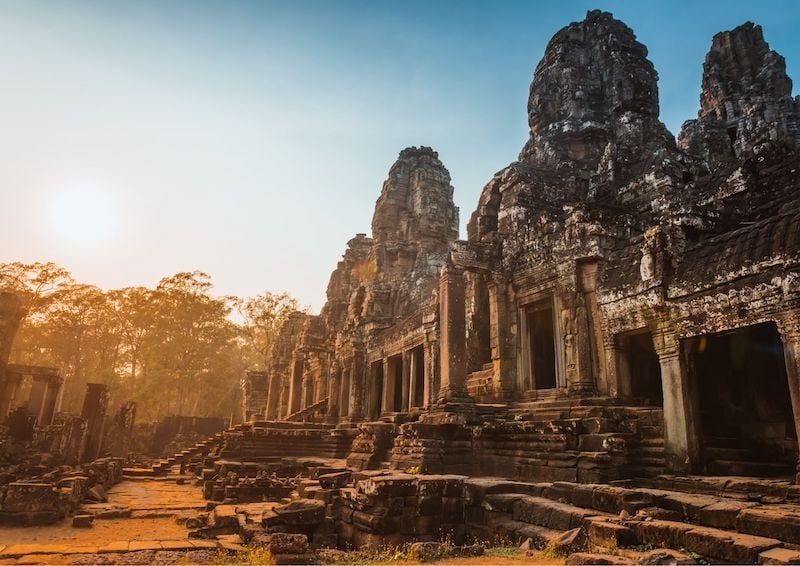
Image credit: kotangens via Canva Pro
Cambodia is one of the few countries that has repeatedly changed its name throughout history. Between 1953 and 1970, the country went from the Kingdom of Cambodia to Khmer Republic until 1975. But under the communist rule from 1975 to 1979, the country was called Democratic Kampuchea.
From 1989 to 1993, the country was named the State of Cambodia under the UN transition authority. When the Cambodian monarchy was restored in 1993, it was officially renamed the Kingdom of Cambodia as we know it today.
13. South Korea has another nickname aside from ‘Land of the Morning Calm’
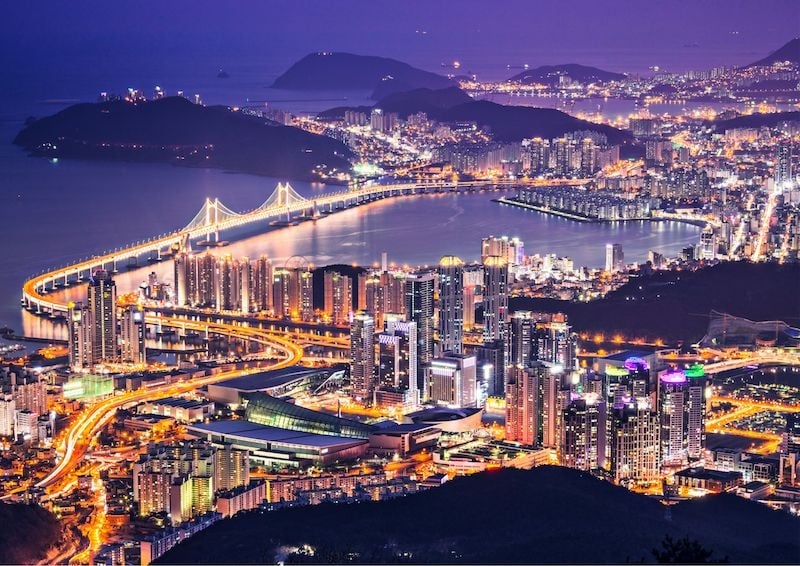
Image credit: SeanPavonePhoto via Canva Pro
We’ll end this piece about historical facts on Asian countries with everyone’s favourite destination nowadays: South Korea, aka Land of the Morning Calm, — and aka Land of High Mountains and Sparkling Streams. We bet you weren’t aware of that second nickname but it definitely has its origins.
In 918 AD, a Korean general named Wang Geon came up with the name “Korea,” which came from the old Korean word Goryeo, meaning “high and clear.” Aside from the fact that Goryeo was also the name of an ancient kingdom, Korean terrain is mainly characterised by mountains and streams, making perfect sense for the second moniker that South Korea proudly waves.
Also read: 13 Fun Facts About South Korea You Should Know About Before You Visit!
In our travels, we learn something new every day but that doesn’t mean we can’t educate ourselves prior to our trip. Which of these historical facts about Asian countries were new to you?





